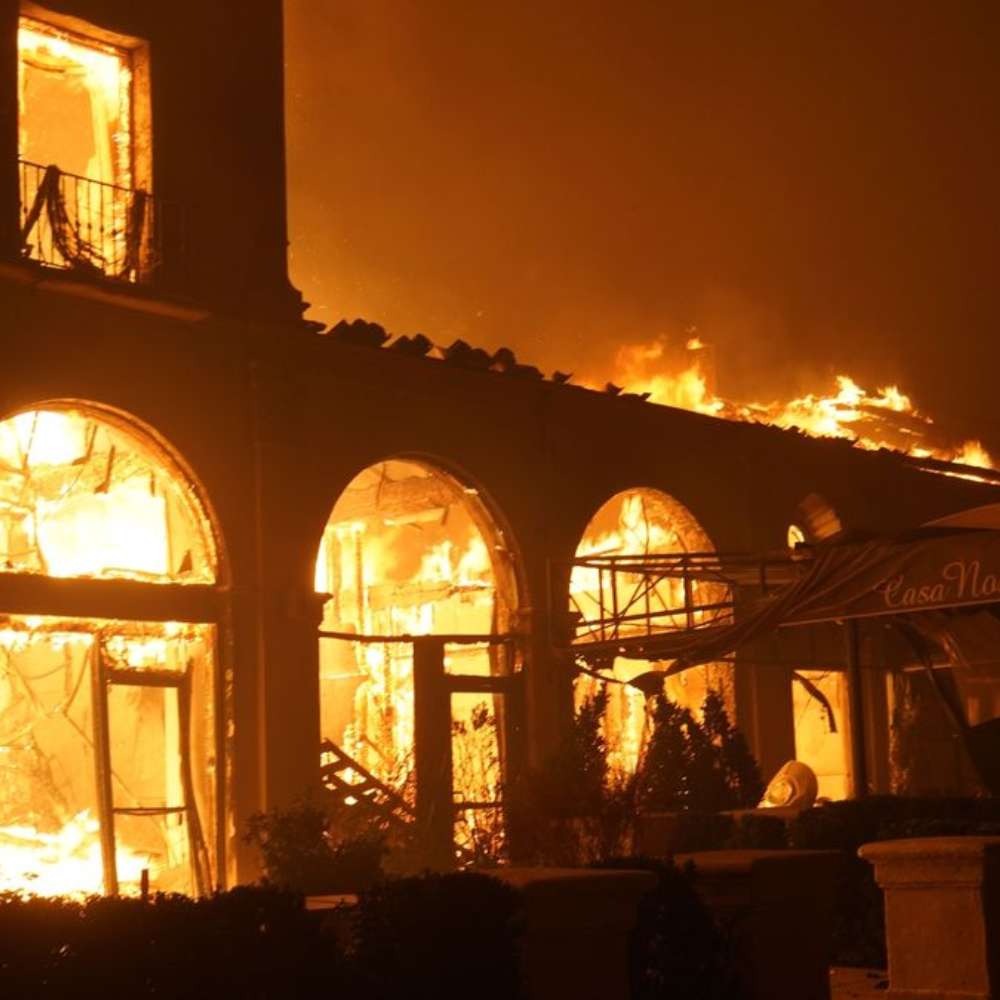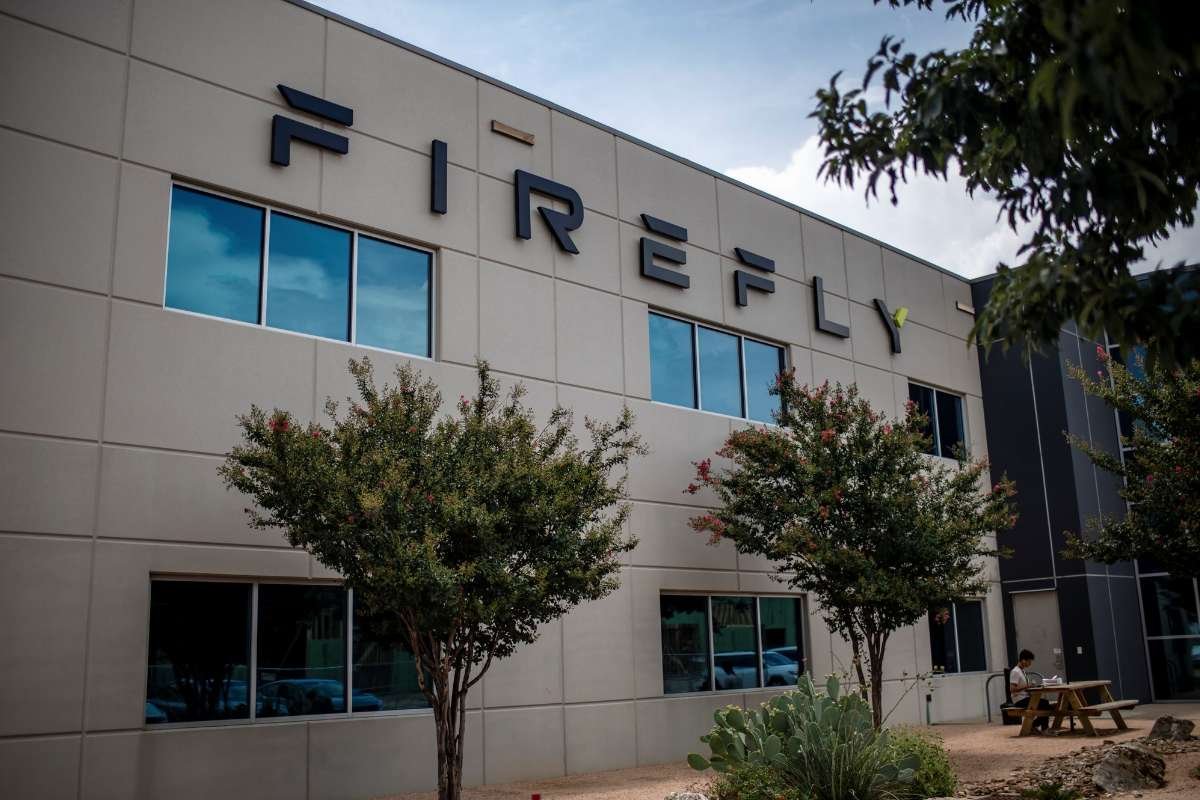State Farm, one of California’s largest insurance providers, canceled hundreds of homeowners’ policies in Pacific Palisades last summer, the same area now being devastated by destructive wildfires.
The insurance company justified the move by citing the growing risk of Los Angeles wildfires and the financial strain they posed. The company stated that the increasing frequency and severity of wildfires made it difficult to maintain coverage without risking financial failure. However, as multiple fires continue to burn through Southern California, many homeowners will need to rely on their insurance providers to rebuild their lives once the fires are contained.
Growing Insurance Crisis in California
Over the past three years, many private insurers have either reduced or completely cut coverage in high-risk areas of California. This has left many homeowners struggling to find insurance options.
The state’s FAIR Plan, designed as an insurer of last resort, has seen its policy count more than double from 2020 to 2024, now hovering around 452,000 policies. Insurers often cite increasing wildfire risks, specifically those like the Los Angeles wildfires, and strict state regulations as reasons for their withdrawal from the market. Since premium rates cannot be easily adjusted to reflect the growing risks, companies like State Farm have instead chosen to reduce coverage.
This widespread withdrawal has sparked a property insurance crisis, making it harder for homeowners to secure coverage in a state where natural disasters are becoming more frequent and severe.
The Current Wildfire Situation
Los Angeles wildfires is currently facing multiple wildfires, including the Palisades, Eaton, and Hurst fires. The Palisades Fire began on Tuesday evening, rapidly spreading across the upscale Pacific Palisades neighborhood due to strong winds. By Tuesday night, it had scorched approximately 2,900 acres.
The Eaton Fire ignited near Pasadena, specifically in Eaton Canyon, and had burned about 1,000 acres by Tuesday night. Meanwhile, the Hurst Fire was reported near San Fernando and had already spread across approximately 500 acres as of the same night.
Strong winds, some reaching nearly 100 miles per hour, continue to fuel the blazes, making containment efforts difficult. Fire crews are working around the clock, but many residents face significant losses.
State Farm’s Policy Cancellations Impacting Homeowners
In April 2024, State Farm announced the cancellation of 72,000 homeowners and renters’ policies across California. Of those, approximately 30,000 were for residential properties. In Pacific Palisades alone, around 1,600 homes lost their coverage due to this decision.
The cancellations followed a previous announcement by State Farm in mid-2023, stating it would stop issuing new homeowners’ policies in the state. The company targeted high-risk wildfire areas, resulting in significant policy reductions in multiple ZIP codes. For instance, 65% of policies in ZIP code 95033 in the Santa Cruz Mountains were canceled, while 48% of policies were terminated in ZIP code 95409 near Santa Rosa. The impact of the Los Angeles wildfires has significantly contributed to this trend, increasing the risk assessment for insurers in the region.
Why Did State Farm Cancel These Policies?
In a letter addressed to California Insurance Commissioner Ricardo Lara in March 2024, State Farm President and CEO Denise Hardin explained that the company was reluctant but forced to reduce its coverage due to financial concerns.
Hardin emphasized that rate increases alone would not be sufficient to stabilize the company’s financial position, given the rising risk of wildfires. She stated that reducing coverage was necessary to balance the company’s financial resources with its potential exposure to future wildfire claims.
While acknowledging the difficulties this decision would create for policyholders, Hardin highlighted that the company was committed to working with state regulators and policymakers to find long-term solutions for California’s insurance crisis.
State Response to the Crisis
California officials have been working to address the ongoing insurance crisis and prevent further market withdrawals by major companies. In December 2024, the state implemented a regulation requiring insurers to cover at-risk areas based on their market presence.
The new law mandates that insurance companies must offer coverage in high-risk regions equivalent to at least 85% of their total market share within California. To allow insurers time to adjust, a 5% increase in coverage will be required every two years until the threshold is met.
California Insurance Commissioner Ricardo Lara has expressed the need for a stable insurance market that doesn’t abandon communities vulnerable to climate change and wildfires. Lara emphasized that all residents deserve access to reliable coverage, especially in disaster-prone areas.
What’s Next?
While the new insurance requirements aim to restore balance, critics argue the timeline for full compliance is too slow and could leave homeowners unprotected in the short term. Concerns have also been raised that insurance companies might raise premiums significantly to compensate for the increased risk.
As Los Angeles wildfires continue to burn across Southern California, the importance of accessible and reliable insurance coverage has become even more apparent. Homeowners impacted by recent policy cancellations may face significant challenges in recovering from the current disasters.
State Farm’s decision to cancel thousands of policies highlights the complex balance between financial sustainability for insurers and essential coverage for residents living in high-risk areas. The state’s ongoing regulatory efforts will play a critical role in determining whether Californians can secure affordable, reliable insurance in the years to come.







